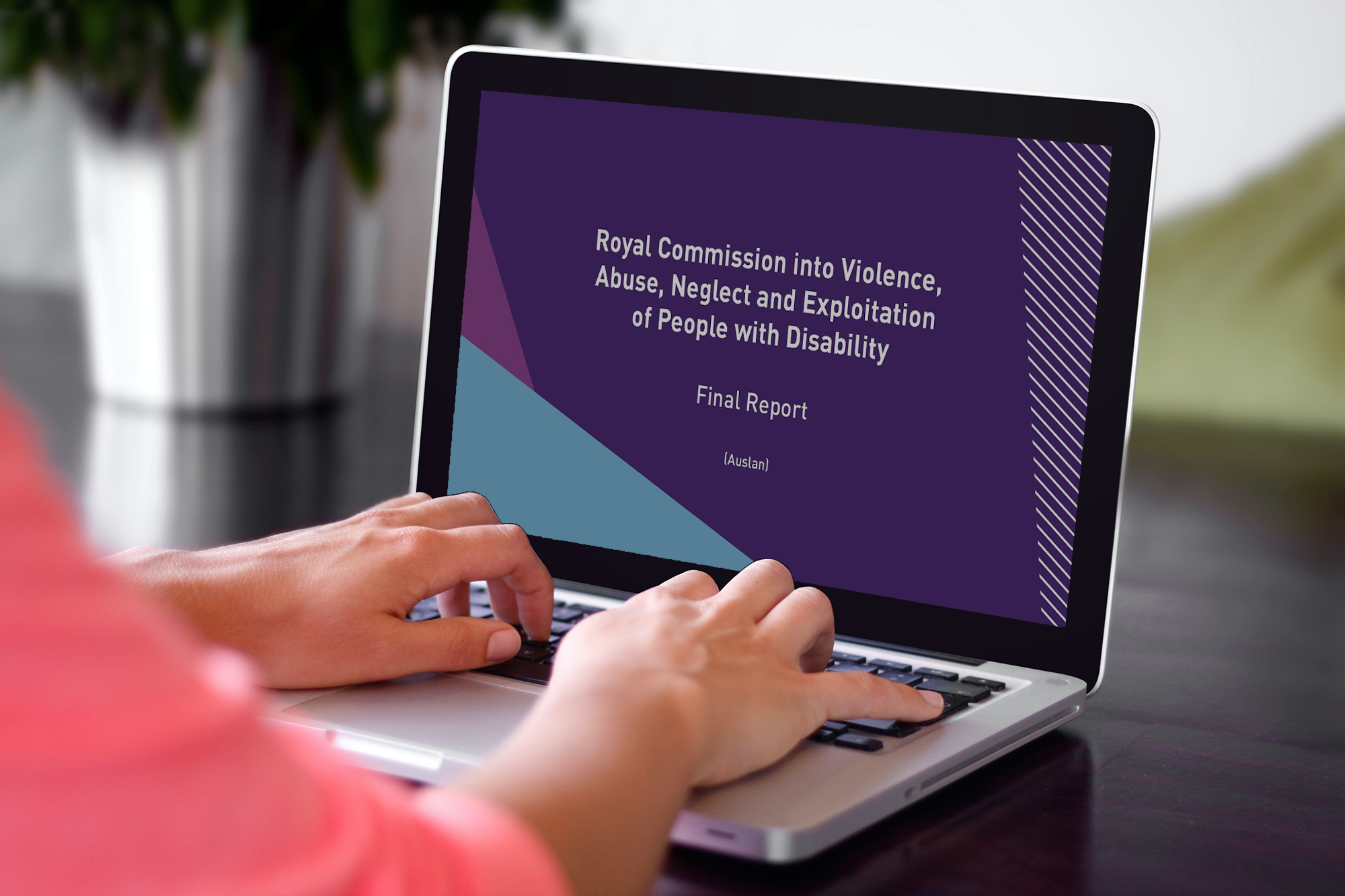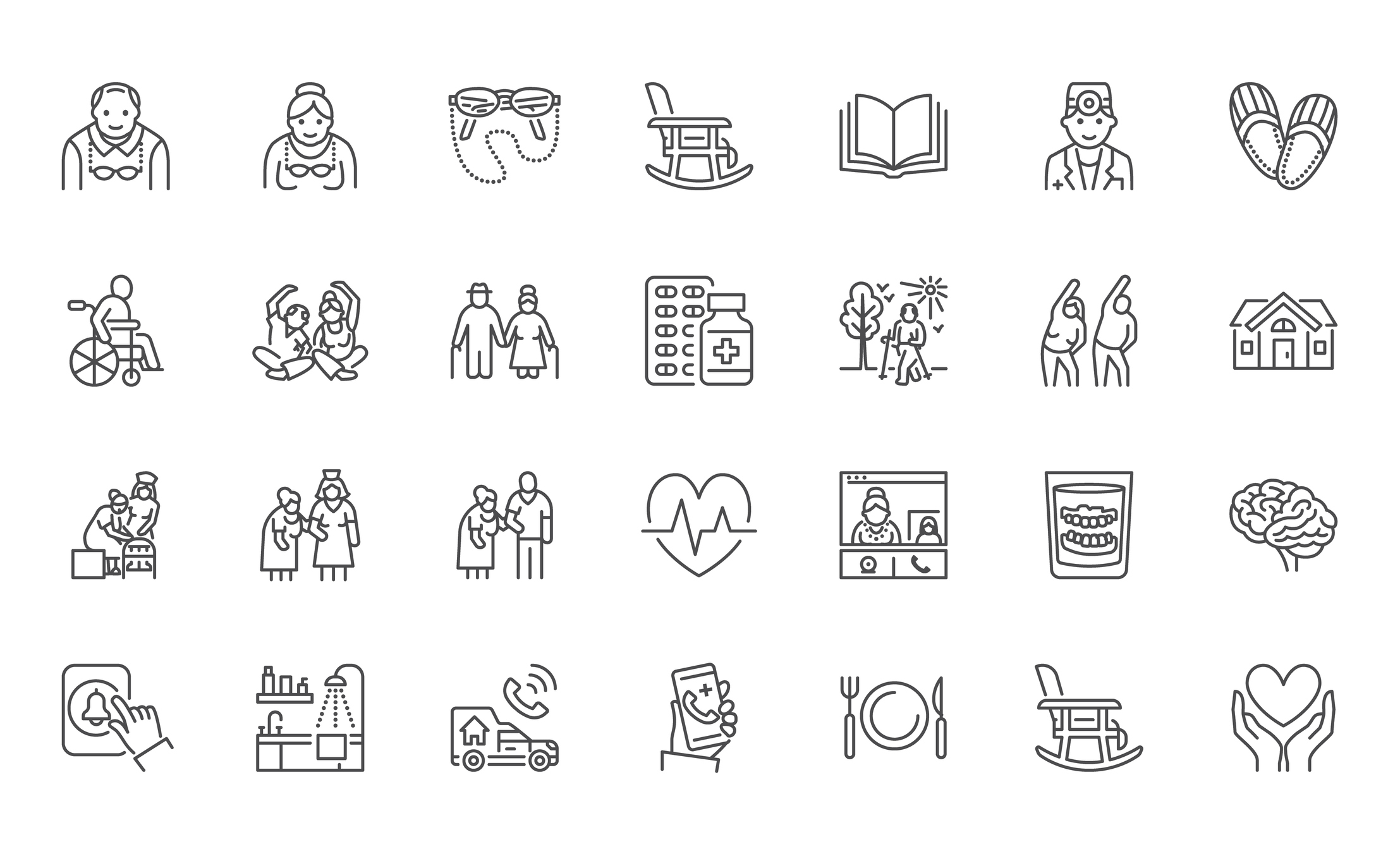In November of 2019 the Children’s Guardian Act 2019 (NSW) was passed in Parliament, with the requirements of the Act commencing on 1 March, 2020. The new Act codifies the role of the Office of the Children’s Guardian to accredit and monitor organisations involved in adoption and out-of-home care, as well as regulate children’s employment.
The Act gives the Children’s Guardian responsibility for the Community Visitor Scheme and the Reportable Conduct Scheme. The Reportable Conduct Scheme has now been extended to religious and faith-based organisations.
The new Act consolidates the functions and responsibilities of the Adoption Act and the Care Act into one act, and expands the functions of the Children’s Guardian. This provides a centralised mechanism for out of home care residential care providers to exchange information about the suitability of residential care workers, prior to engagement.
Part 3 (8) of the new Children’s Guardian Act 2019 (NSW) outlines the object of the Act, whose “paramount consideration” is the safety, welfare and wellbeing of children, as well as their protection from child abuse. It also sets out the guiding principles to be followed in administering the Act. The guiding principles underpin the more granular details included in the legislation.
Below is each principle, with a list of BNG resources that can help organisations to align their processes with the principle.
How SPP can help you with the guiding principles of the Children's Guardian Act
The principles provide a number of clear guidelines about children’s rights, which all workers, as well as all affected children, should understand. BNG has developed several resources to help organisations align their processes with the principles, and ensure these are consistently communicated and understood:
“The guiding principles to be applied in administering this Act and the regulations are—
(a) if a child is able to form views on a matter concerning the child’s safety, welfare and wellbeing—
(i) the child must be given an opportunity to express the views freely, and
(ii) the views are to be given due weight in accordance with the developmental capacity of the child and the circumstances,”
Workers and children should be provided with sufficient information, in language that they can understand, that clearly sets out the rights of children to be involved in decisions that affect them, their rights to express their views without fear of reprisal, and their rights to raise concerns and complaints.
Template: Child Rights (Child English), Policy: Child Safe Complaints, Template: Child Safe Code of Conduct.
“(b) in all actions taken and decisions made under this Act and the regulations that significantly affect a child, account must be taken of the culture, disability, language, religion, gender identity and sexuality of—
(i) the child, and
(ii) if relevant, the person with parental responsibility for the child”
Organisations must ensure the equity and inclusion of all children regardless of their background or circumstances. Organisations must ensure that all children are free from discrimination or harrassment and should actively work to identify and eliminate cultural and physical barriers to access.
Policy: Equity and Inclusion for Children and Young People
“(c) in deciding what action is necessary to protect a child from harm, the course to be followed must be the least intrusive intervention in the life of the child and the child’s family that is also consistent with the paramount consideration,”
Organisations should support the child and take into consideration the wishes of the child and/or family when deciding on a course of action following an allegation or report of abuse, and involve the child and/or family in the investigation process.
Policy: Child Safe, Policy: Responding to Abuse
“(d) in decision-making under this Act and the regulations and the investigation or monitoring of persons, the Children’s Guardian must observe the principles of natural justice and ensure procedural fairness”
Internal investigations should follow the principles of natural justice and procedural fairness, all investigations and their outcomes must remain strictly confidential and all workers must cooperate fully with internal and external investigations.
Policy: Child Safe
“(e) in decision-making under this Act and the regulations in relation to an Aboriginal child or a Torres Strait Islander child, the Aboriginal and Torres Strait Islander Child and Young Person Placement Principles set out in section 13 of the Children and Young Persons (Care and Protection) Act 1998″
Workers and children should understand that Aboriginal or Torres Strait Islander children have the right to be immersed in, and maintain links to their culture and community. Workers should receive education in cultural competency for Aboriginal and Torres Strait Islander children.
Policy: Equity and Inclusion for Children and Young People, Policy: Child Safe, Info: Aboriginal and Torres Strait Islander Cultural Competence – Best Practice
“(f) if a child is placed in out-of-home care, the child is entitled to a safe, nurturing, stable and secure environment.”
Through engagement with the child, organisations should actively work to identify and reduce disturbances and barriers faced by children.
Policy: Child Safe
Is your organisation child safe?
To see all of our child safe resources and assessments, sign up for SPP!


